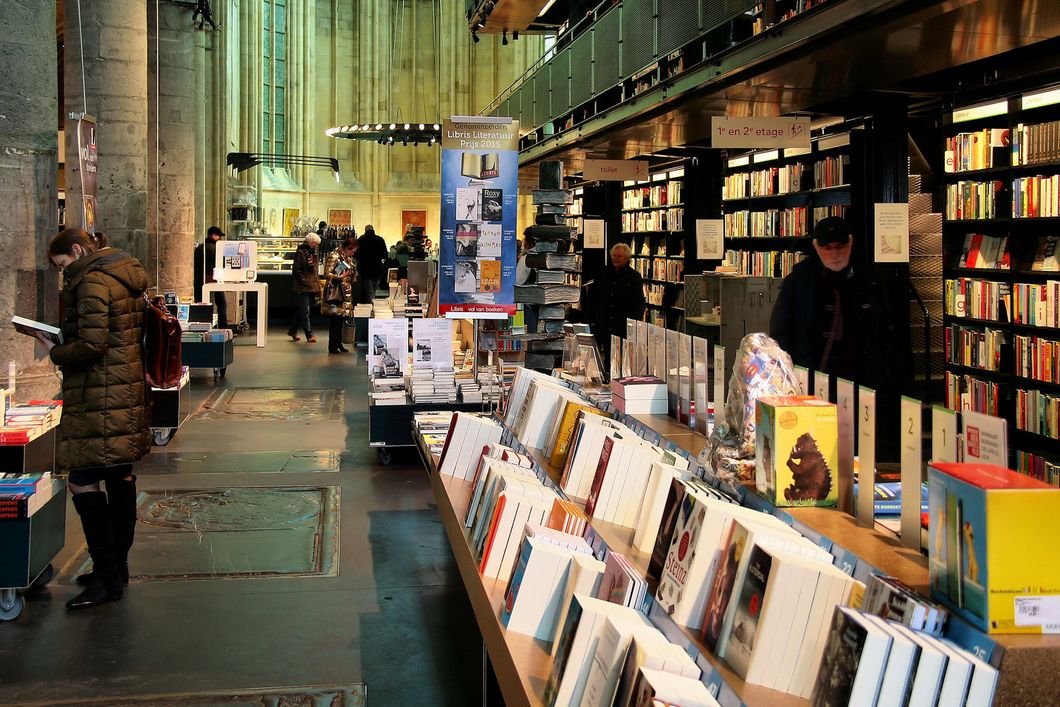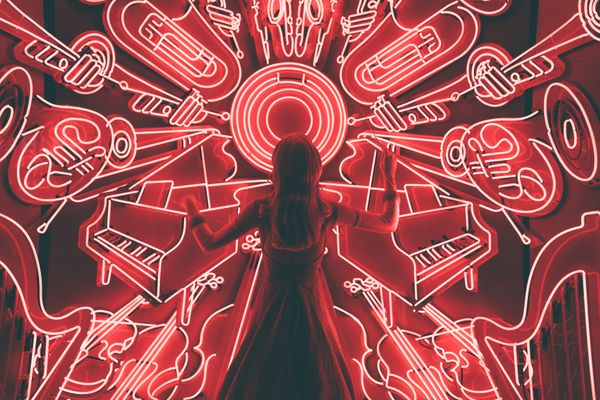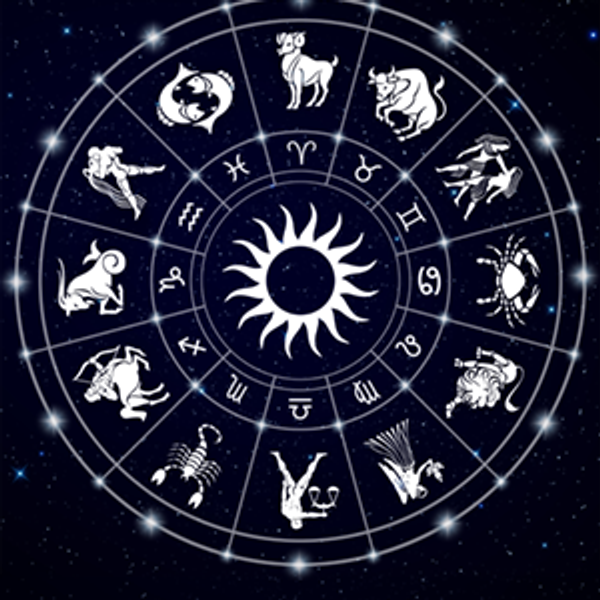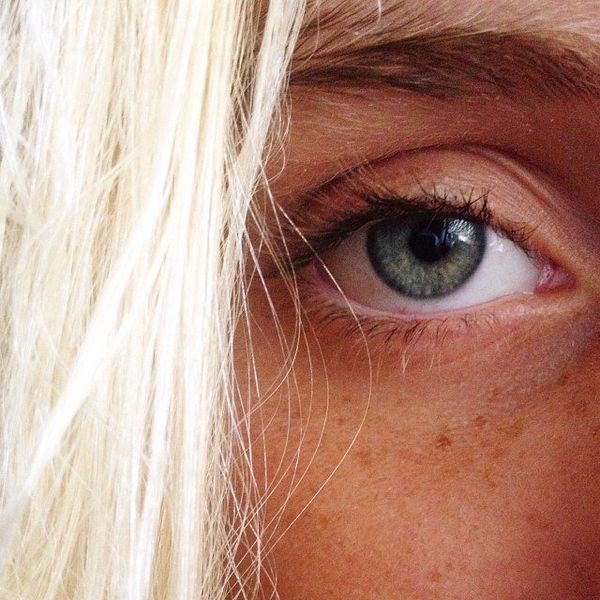From One Nerd To Another
My contemplation of the complexities between different forms of art.
Aside from reading Guy Harrison's guide to eliminating scientific ignorance called, "At Least Know This: Essential Science to Enhance Your Life" and, "The Breakthrough: Immunotherapy and the Race to Cure Cancer" by Charles Graeber, an informative and emotional historical account explaining the potential use of our own immune systems to cure cancer, I read articles and worked on my own writing in order to keep learning while enjoying my winter break back in December. I also took a trip to the Guggenheim Museum.
I wish I was artistic. Generally, I walk through museums in awe of what artists can do. The colors and dainty details simultaneously inspire me and remind me of what little talent I posses holding a paintbrush. Walking through the Guggenheim was no exception. Most of the pieces are done by Hilma af Klint, a 20th-century Swedish artist expressing her beliefs and curiosity about the universe through her abstract painting. I was mostly at the exhibit to appease my mom (a K - 8th-grade art teacher), but as we continued to look at each piece and read their descriptions, I slowly began to appreciate them and their underlying meanings.
I like writing that integrates symbols, double meanings, and metaphors into its message because I think that the best works of art are the ones that have to be sought after. If the writer simply tells you exactly what they were thinking and how their words should be interpreted, there's no room for imagination. An unpopular opinion in high school was that reading "The Scarlet Letter" by Nathaniel Hawthorne was fun. Well, I thought it was. At the beginning of the book, there's a scene where Hawthorne describes a wild rosebush that sits just outside of the community prison. As you read, you are free to decide whether it's an image of morality, the last taste of freedom and natural beauty for criminals walking toward their doom, or a symbol of the relationship between the Puritans with their prison-like expectations and Hester, the main character, who blossoms into herself throughout the novel. Whichever one you think it is doesn't matter, the point is that the rosebush can symbolize whatever you want it to. It's the same with paintings - they can be interpreted however you want them to be.
As we walked through the building, its spiral design leading us further and further upwards, we were able to catch glimpses of af Klint's life through the strokes of her brush. My favorite of her collections was one titled, "Evolution." As a science nerd myself, the idea that the story of our existence was being incorporated into art intrigued me. One piece represented the eras of geological time through her use of spirals and snails colored abstractly. She clued you into the story she was telling by using different colors and tones to represent different periods. It felt like reading "The Scarlet Letter" and my biology textbook at the same time. Maybe that sounds like the worst thing ever, but to me it was heaven. Art isn't just art and science isn't just science. Aspects of different studies coexist and join together to form something amazing that will speak to even the most untalented patron walking through the museum halls.
























